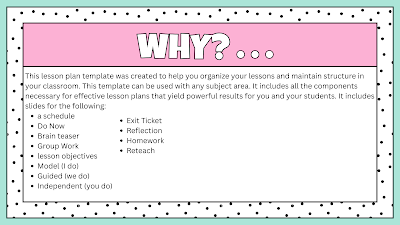
Monday, July 21, 2025
Sunday, July 6, 2025
Need Mentoring or Lesson Plan Coaching?
Are you a new teacher? Do you feel like you need to be refreshed? We have a new Coaching program to help teachers learn how to create lessons that yield powerful results. Click the pic below to learn more.
Advertise with Us!
Hey there! Are you a business owner, have a brand, or are just looking for more exposure. We have a NEW Merchant Subscription-Sell Anytime Program. All you have to do is join our Facebook Group and then click on the picture below. Follow the steps and you will have access to our Buy and Sell.
Thursday, July 3, 2025
Monday, June 30, 2025
Monday, June 23, 2025
Subscribe to:
Comments (Atom)



.png)
.png)

.png)
.png)
.png)
.png)


